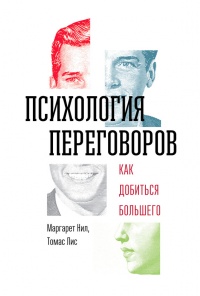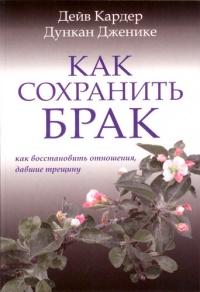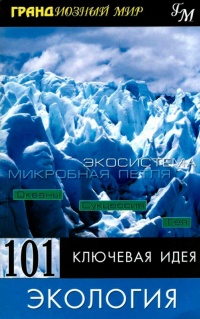Книга Каббалистические видения. - Сенфорд Дроб
Читать книгу Каббалистические видения. - Сенфорд Дроб полностью.
Шрифт:
-
+
Интервал:
-
+
Закладка:
Сделать
Перейти на страницу:
Перейти на страницу:
Книги схожие с книгой «Каббалистические видения. - Сенфорд Дроб» от автора - Сенфорд Дроб:
Комментарии и отзывы (0) к книге "Каббалистические видения. - Сенфорд Дроб"












